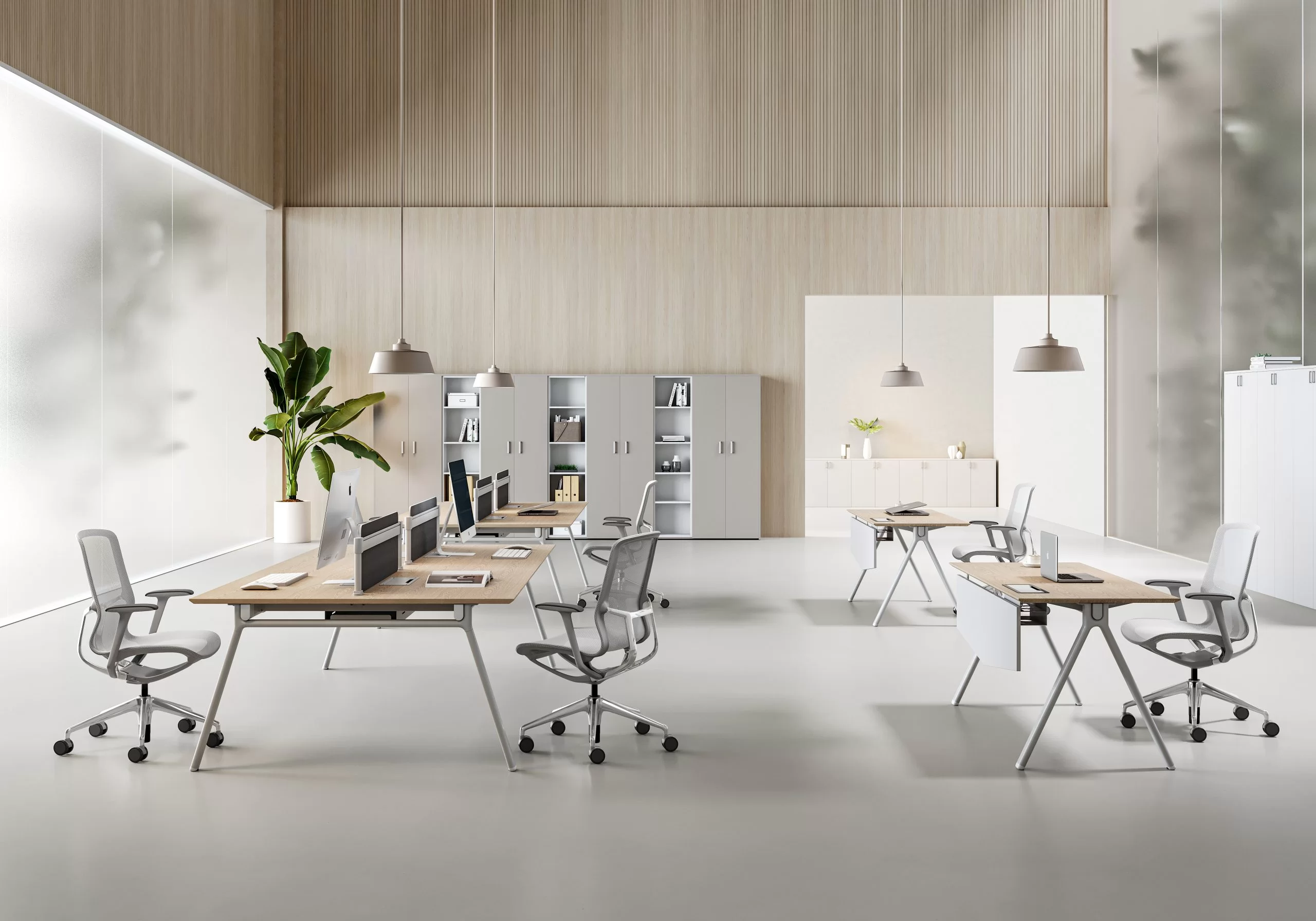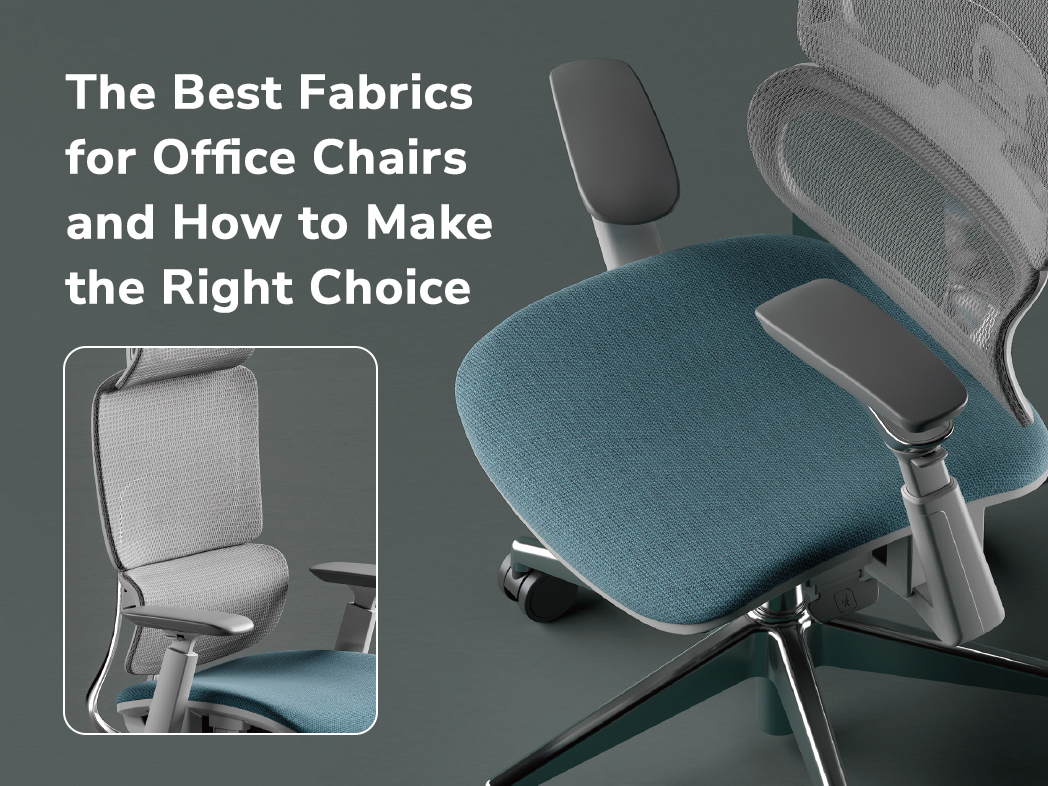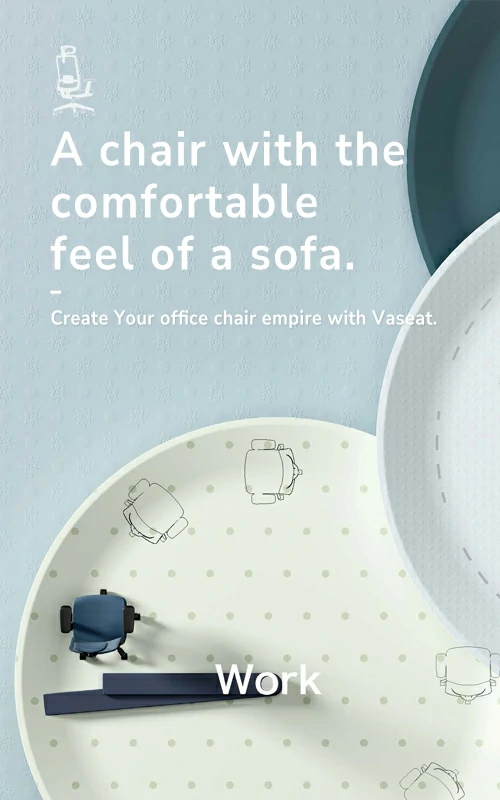When choosing an office chair, most people focus on ergonomic design, adjustability, or price. Yet one often overlooked factor—the fabric—has a direct impact on daily comfort, durability, and even workplace aesthetics. The best fabric for office chair use is not universal. Mesh, leather, fabric blends, and eco-friendly materials each bring unique advantages. Understanding these differences will help you make the right choice for your climate, lifestyle, and budget.
Why Fabric Matters for Office Chairs
Fabric is more than a covering—it defines how the chair feels, performs, and lasts. Choosing the wrong material may lead to discomfort, premature wear, or cleaning difficulties. The right office chair fabric enhances:
- Comfort & Ergonomics – determines cushioning and how the chair feels against your body.
- Breathability & Temperature – critical for hot or air-conditioned offices.
- Durability & Wear Resistance – measures how well the chair withstands daily use.
- Maintenance & Cleaning – affects how easy it is to keep your chair fresh.
- Style & Aesthetics – influences how well the chair matches your workspace.
Common Fabrics and Materials for Office Chairs
Mesh
Mesh is a lightweight, breathable material often found on chair backs.
- Pros: superior airflow, modern design, easy surface cleaning.
- Cons: less cushioning, can sag or fray, poor insulation in cold climates.
Woven Fabrics (Cloth / Blends)
Includes cotton, wool, and polyester blends.
- Pros: soft touch, wide color choices, affordable pricing.
- Cons: stain-prone, harder to clean, durability varies with weave density.
Leather & PU / Vinyl
Leather and its synthetic alternatives remain popular in executive settings.
- Pros: luxurious look, easy to wipe clean, long lifespan if high quality.
- Cons: less breathable, higher cost, PU or vinyl may crack over time.
Eco-Friendly & Specialty Materials
Recycled polyester, bio-based fabrics, or antimicrobial coatings.
- Pros: sustainable, often stain-resistant.
- Cons: newer technologies may be costly or less proven in durability.
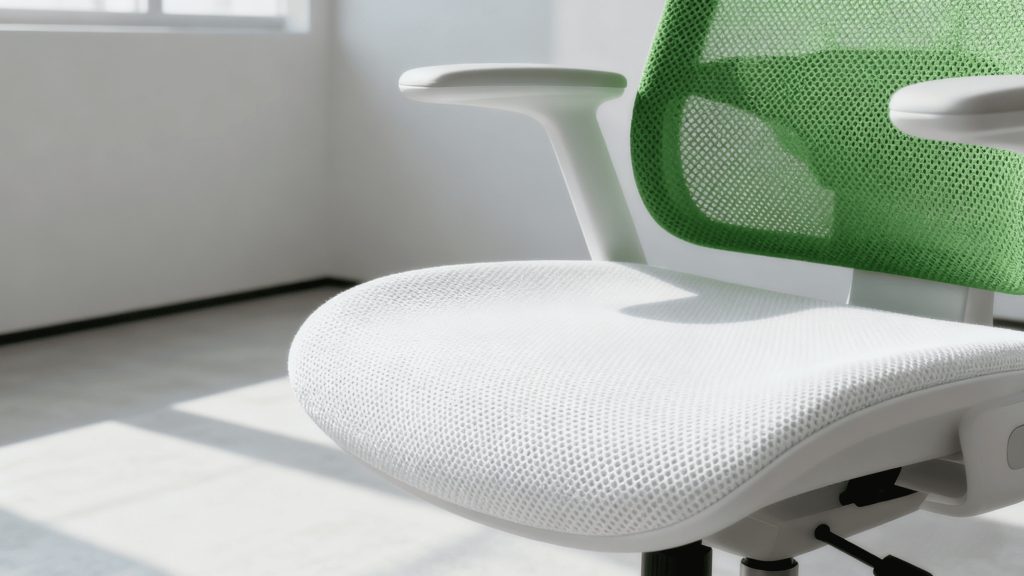
Fabric vs Mesh vs Leather: Quick Comparison
| Material | Breathability | Comfort | Durability | Maintenance | Style | Price Range |
|---|---|---|---|---|---|---|
| Mesh | High | Medium | Good | Easy | Modern, sleek | Mid–High |
| Woven Fabrics | Medium | High | Variable | Moderate | Warm, versatile | Low–Mid |
| Leather / PU | Low | Medium | High | Easy (care needed) | Classic, executive | Mid–High |
| Eco Materials | Variable | Variable | Variable | Depends | Sustainable/niche | Variable |
How to Make the Right Choice
When deciding on the best fabric for office chair use, consider:
- Climate & Environment – mesh suits warm offices, fabric or leather may fit cooler ones.
- Daily Usage – heavy daily use requires durable materials with strong abrasion resistance.
- Maintenance Preferences – leather and PU wipe clean easily; woven fabrics need regular care.
- Budget – woven fabrics are affordable; leather and eco-materials come at a premium.
- Style & Branding – select a fabric that matches your office design and professional image.
- Sustainability – eco-friendly fabrics support green initiatives and corporate responsibility.
Buying Tips Before You Decide
- Check durability ratings.
- Test the chair in person for comfort and fabric feel.
- Review manufacturer warranties and cleaning guidelines.
- Match fabric color and pattern with your workspace décor.
- Ask for fabric swatches to compare before final purchase.
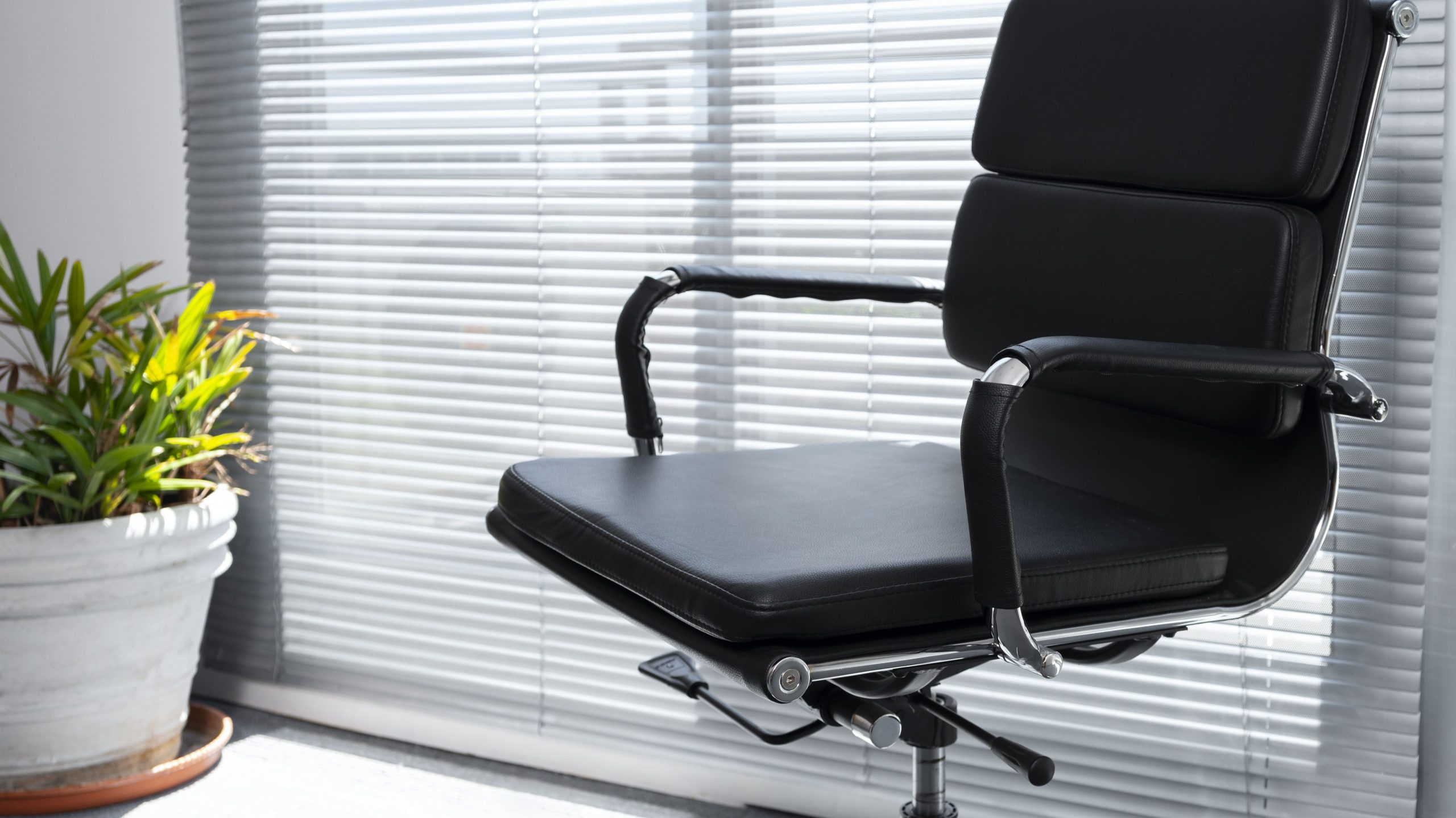
Care and Maintenance
- Vacuum or brush fabrics regularly to prevent dust buildup.
- Treat stains quickly with mild cleaning solutions.
- Avoid direct sunlight to reduce fading and cracking.
- Use leather conditioners to extend lifespan of genuine leather.
- Handle mesh carefully to avoid tearing or sagging.
Frequently Asked Questions
Which fabric is best for hot climates?
Mesh is the best option thanks to its breathability and quick-dry properties.
Is leather more durable than fabric?
Yes, genuine leather generally lasts longer, but high-quality woven fabrics can also be durable if maintained.
Does fabric absorb odors?
Cloth materials may trap odors, while mesh and leather resist them better.
Conclusion
Selecting the best fabric for office chair means weighing comfort, breathability, durability, and maintenance needs. Mesh offers unmatched airflow, woven fabrics provide softness and style, leather delivers prestige and easy cleaning, while eco-friendly materials add sustainability. Each option excels in different scenarios, making your decision highly personal.
Ultimately, the right choice depends on your environment, daily usage, and design goals. By carefully considering these factors, you can invest in a chair that not only improves your day-to-day comfort but also supports long-term value. The right office chair fabric will keep you comfortable, productive, and confident in your workspace for years to come.
